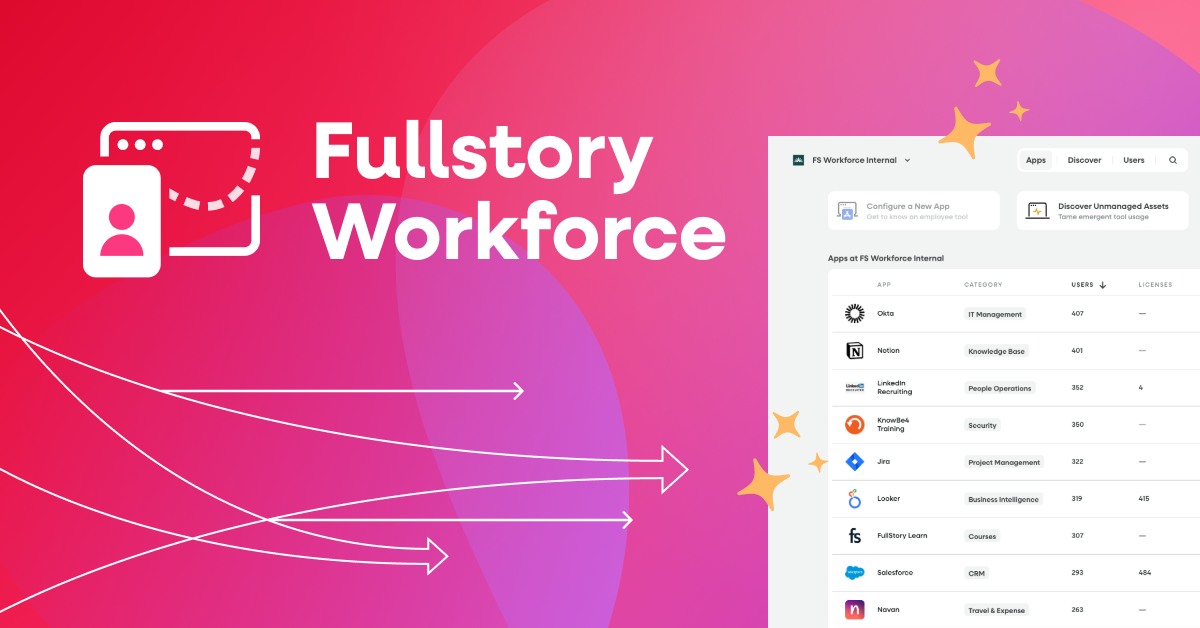Whether you’re selling a product or service, having an effective conversion funnel is essential for success. With the right strategy, you can convert more leads into customers and increase your profits.
The key to optimizing your conversion funnel is finding the best content to engage with potential users/customers and convert them into paying users/customers.
Key takeaways:
Visualizing the marketing funnel is an important tool when trying to increase conversion rates
Most conversion funnels follow the AIDA model
Understanding your audience and tailoring experiences to different segments is the most effective way to optimize your funnel
Monitor your marketing or sales funnel using digital experience analytics to track progress and make improvements when necessary
What is a marketing funnel?
A marketing funnel is a visualization of the path someone follows from initial contact with your product or service to final conversion. It’s the customer journey, and it helps you optimize each step along the way. Tools like customer journey maps can help you visualize and analyze how users engage with each stage of your funnel, highlighting pain points and opportunities for optimization.
From increasing website traffic to improved lead generation, understanding how to maximize every stage of a marketing funnel can help you generate more conversions and increase your ROI.
Marketing funnels consist of stages: such as Awareness, Consideration, and Conversion. Understanding the different stages of your funnel is key to successful optimization.
The 3 basic phases of a marketing funnel
Awareness
This is where prospects are exposed to your products or services for the first time. It’s important to capture their attention by creating engaging content that resonates with them. Content should be informative, relevant, and consistent.
Consideration
During this stage, prospects assess your products or services to determine if they’re a good fit for their needs. You should use content that helps them make an informed decision by answering their questions and addressing any concerns they may have.
Conversion
This is the point of sale where prospects become customers. Content should focus on providing value and encouraging prospects to take action.
Below, you will learn about various funnel optimization strategies to use during each stage. Implementing these strategies can help you optimize your funnel and maximize conversions.
What is the AIDA model?
In addition to the basic three-step form above, the AIDA model is an influential marketing concept with four specific stages that every customer, user, or buyer goes through. It stands for Attention, Interest, Desire, and Action. It’s used to understand how customers move through the various stages of the conversion funnel.
Awareness
In this stage of the funnel, you need to grab your visitors’ attention with an eye-catching headline or image. This could be anything from a catchy slogan to an engaging video.
The awareness stage is considered the top of the funnel.
Interest
Once you have someone’s attention, you need to create interest. This means providing valuable content that is relevant to the visitor and their needs. You can do this by answering questions or offering helpful advice in blog posts, videos, or infographics.
Desire
After building interest, the next step is to create desire. This is where you showcase the benefits of your product or service. You can do this by highlighting customer reviews, featuring deals and promotions, or providing demonstration videos.
Action
Finally, you need to encourage visitors to take action and buy your product or service. This could be anything from a compelling call to action or an easy-to-use checkout process.
The action stage is considered the bottom of the funnel.
By understanding the AIDA model and optimizing your content for each stage of the conversion funnel, you can increase your website’s sales and conversions. So don’t forget to spend some time looking at how you can maximize each step.
How to implement funnel optimization for CRO
Now that you’ve learned about the basics of conversion funnel optimization, it’s time to implement these strategies. Here are some tips and tricks you can use for conversion rate optimization, making your funnels more effective:
Create brand value
Your content should be focused on providing value to your readers and creating a sense of trust in your brand. Focus on creating content that is informative, educational, and provides clear solutions to customer problems.
When you successfully create brand loyalty among your viewers, you can greatly improve your chance of increasing conversions.
Know your audience
Understand what motivates your target users and how they interact with your product or service. Analyze user feedback, surveys, customer support notes, and other qualitative data to get a better idea of who you’re targeting.
This is one of the most important steps in optimizing your funnel, as it will help you better understand user intent and tailor content, visuals, and CTA placement to get the most out of each step.
Start with a wide audience
When creating a funnel, start with a wide audience and then segment it down as you go. Doing so will enable you to attract more leads initially and qualify them later in the process.
Another way of narrowing your target audience is using segmentation and targeting so that each audience receives relevant ads, content, or promotions based on their interests and needs.
Learn more: User segmentation using Fullstory
Create personas
Buyer personas are representations of your ideal customers and can help you fine-tune content, messaging, and other elements to increase conversion. Develop at least two buyer personas based on the data you collect from your customer research and further refine them as you go.
Once you know who your buyers are and what motivates them, it’s time to look for potential gaps in your funnel. Analyze each step of the conversion process and identify areas where you can improve the user experience or remove any confusion.
Personas are critical for any industry, from SaaS to ecommerce.
Choose the right medium
Choose the right medium to deliver your message according to the stage and type of funnel. Consider using visuals, videos, or audio to convey information quickly and clearly.
When designing content, keep in mind that less is more. Make sure to provide the right amount of information without overwhelming users with too much detail. Your goal should be to reduce the number of steps in the funnel and make it as easy as possible for the user or customer to complete the journey.
Analyze your landing pages
Your landing pages are the first step in your funnel, so it’s important to make sure they’re optimized. Analyze your visitor flow and look for any areas that may need improvement.
Consider adding new CTA buttons, breaking up content into smaller chunks, and improving visual elements like fonts and colors to draw more attention.
Headlines and copy
The headlines and copy on your pages should be tailored to fit the message you’re trying to convey. Make sure the language is simple, direct, and engaging. Try to avoid being overly promotional or generic—use clear and concise phrases that draw attention and inspire action.
Remember, your goal should be to capture the attention of your visitors and make them want to take action.
Color
Make sure the visuals on your pages, such as images and videos, are relevant to the message you’re trying to convey. Colors should be used strategically to draw attention to CTA buttons and other important elements.
Additionally, consider using custom illustrations or GIFs to make your page stand out from the crowd.
CTAs
Make sure your CTA buttons are visible and stand out from the rest of the page. Use action-oriented words to encourage visitors to take action. Furthermore, consider adding exit popups or scroll boxes with a special offer for those who don’t convert on their first visit.
You want to make sure that your visitors have enough information and incentives to take action and that there is no confusion about what they need to do.
Use social proof
Adding social proof to your funnels can be a great way to increase conversions. Consider including customer testimonials, customer reviews, and case studies in your funnel pages.
With so many different options for consumers to choose from these days, it’s essential that you stand out. People are more likely to trust a product if they see that other people have used it and had success with it.
Create convincing supporting content
Supporting content like blog posts, videos, and presentations should be persuasive and geared toward convincing your readers to take action. Your supporting content should focus on addressing user pain points, outlining the benefits of your product/service, or providing relevant information about the industry.
The following are examples of supporting content you can use to optimize your conversion funnels:
Reduce friction on checkouts & forms
Did you know that nearly 70% of all online shoppers abandon their carts due to long forms and tedious checkout processes?
Reducing the friction on your website forms and checkout pages can dramatically improve conversions. Make sure that you’re using only essential fields, such as inquiry/order information or billing details. Optimizing mobile experiences is equally important, as many users shop on their smartphones. Ensure your forms and checkout process are mobile-friendly and easy to navigate on smaller screens.
In addition, consider providing different payment options like PayPal in order to provide users with a more secure payment experience. Today’s consumers have been burnt one too many times, and providing secure payment options can help build trust with your customers.
If you're going to focus anywhere, focus on shopping cart abandonment.
Create informative, educational content that answers your users’ actual questions
Educational content is a great way to engage with new and returning customers. By providing helpful and informative educational material, you can help your users better understand the industry and how your product/service fits into it.
You can create blog posts, whitepapers, or downloadable PDFs that provide useful information related to your business, such as case studies, industry insights, and helpful tips.
These actions will help build trust with your users and improve their experiences with your company. They will also help convert leads into customers, as they will see you as a source of authority on the matter.
Capture your prospect's email address
Capturing your prospects’ email addresses should be a top priority. You can do this by offering free content (PDFs, whitepapers, etc.) in exchange for an email address. Or, you can provide incentives, such as discounts on products.
Once you’ve captured their email addresses, you can use them to send targeted messages and nurture leads through the conversion funnel.
Tools to help with conversion funnel optimization
To aid you in your conversion funnel optimization journey, there are several tools and tactics available that can help ensure a successful launch.
A/B Testing
If you’re not familiar with A/B testing, it’s a tool used to test the performance of two versions of a web page in order to determine which performs better. The process involves creating two versions of a webpage that have similar features and layouts but with one visible difference.
This could be something as simple as changing the color of your CTA button or rearranging the elements on the page. By testing these two versions of a webpage, you can determine which one is more successful in achieving your desired goal or following a desired path—whether that be increasing conversions, improving the user experience, or driving more sales.
Tools like SiteSpect, Optimizely, and AB Tasty are great testing tools.
Heatmapping software
Heatmap software is used to track and visualize user interactions on a webpage. The software shows you where users are clicking, scrolling, and hovering, so you can gain insight into how your web pages are being used.
By understanding how visitors actually interact with your page, you can make changes to optimize the conversion funnel for maximum efficiency.
Analytics software
Using product analytics or digital experience analytics tools—not just simply Google Analytics—is important in understanding the performance of your website and optimizing it for conversions.
Analytics software allows you to track user behavior, monitor traffic sources, and measure conversion rates. This type of qualitative and quantitative data gives you insight into how users are interacting with your site, so you can make changes accordingly.
Fullstory is an excellent example of analytics software that can help you get the most out of your conversion funnel optimization efforts.
Blog posts
Blogging is one of the most powerful tools available for marketers. A blog post provides an opportunity to engage with your audience, build trust, and drive conversions.
When you create and share content that aligns with the interests and needs of your customers, you can strengthen relationships and encourage users to take action. Additionally, blogs help to boost SEO rankings, providing a long-term benefit for your business.
By regularly creating and sharing blog posts, you can improve the performance of your conversion funnel.
Newsletters
Newsletters are another great tool for driving conversions. A well-crafted newsletter should contain engaging content, relevant offers, valuable promotions, and concise copy.
This type of communication allows you to keep in touch with customers and prospects regularly so they remain engaged and informed of your products or services. Additionally, newsletters provide the opportunity to drive people to your website, where they can take action and make a purchase.
Landing page optimization
Another crucial tool for conversion funnel optimization is landing page optimization. Landing pages are designed to capture leads and drive conversions.
By optimizing the design, content, and user experience of your landing page, you can increase conversions and maximize the performance of your conversion funnel.
Conversion rate optimization
Conversion rate optimization is the process of increasing the percentage of website visitors who take a desired action. This could be making a purchase, signing up for an email newsletter, or filling out a contact form.
When you optimize your conversion rate, you are improving the performance of your conversion funnel and ensuring that you are getting the most out of your website traffic.
Marketing funnel automation
Marketing funnel automation is a powerful tool for optimizing your conversion funnel. This process allows you to automate certain tasks, such as email marketing campaigns and lead nurturing calls.
Automating your marketing funnel allows you to efficiently manage your campaigns and reach potential customers on a larger scale.
Social media
No matter what line of business you’re in, social media is an important tool for driving conversions. Social platforms are great ways to engage with potential customers, build your brand, and grow your audience, even when starting a business with low investment.
If you don’t already have a presence on social media, now is the time to create accounts and start posting content. You can use social media to spread the word about your business, share offers and promotions, and generate leads.
Leveraging the power of social media will help you better optimize your conversion funnel for maximum performance.
Ads
Finally, pay-per-click (PPC) and display ads are effective tools for driving conversions. Ads allow you to target specific audiences with tailored messaging and offers.
If used effectively, PPC and display ads can be powerful ways to drive conversions and optimize your conversion funnel.
Following these steps will help you better understand the process of conversion funnel optimization and ensure that you are getting the most out of your campaigns.
type: embedded-entry-inline id: 6ccqQGGMqlPJPBdmwZRWdr
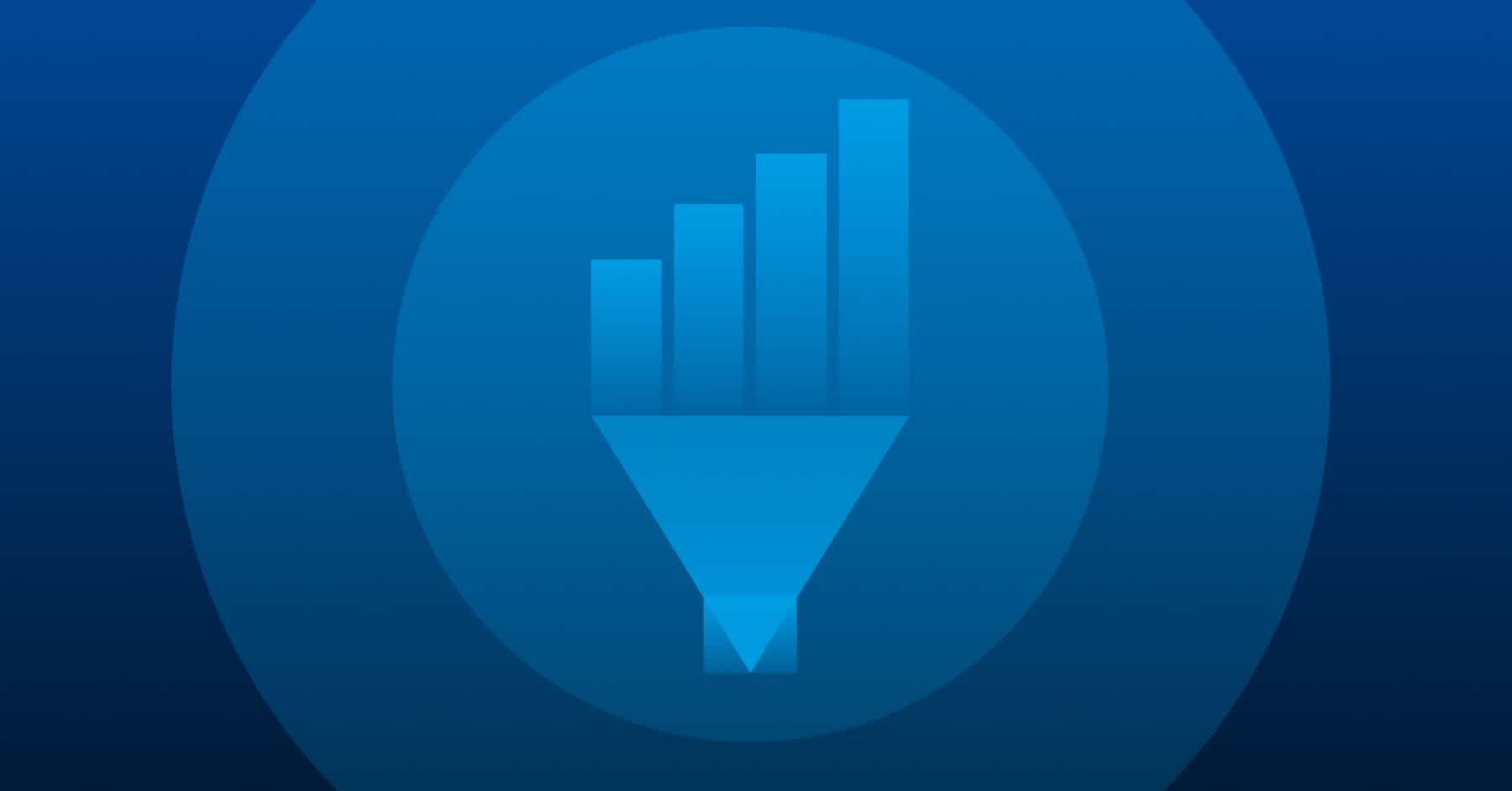
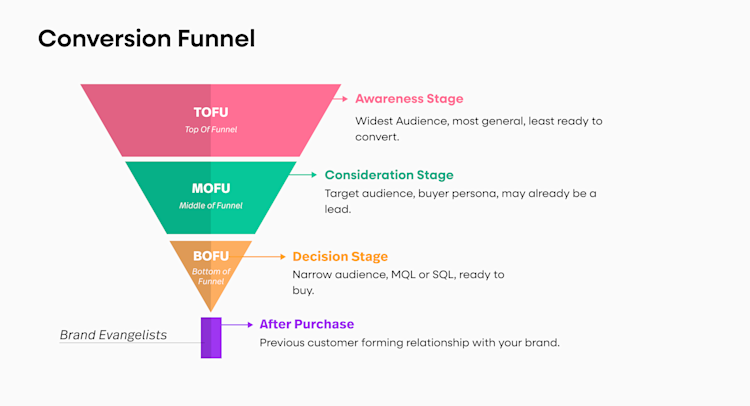
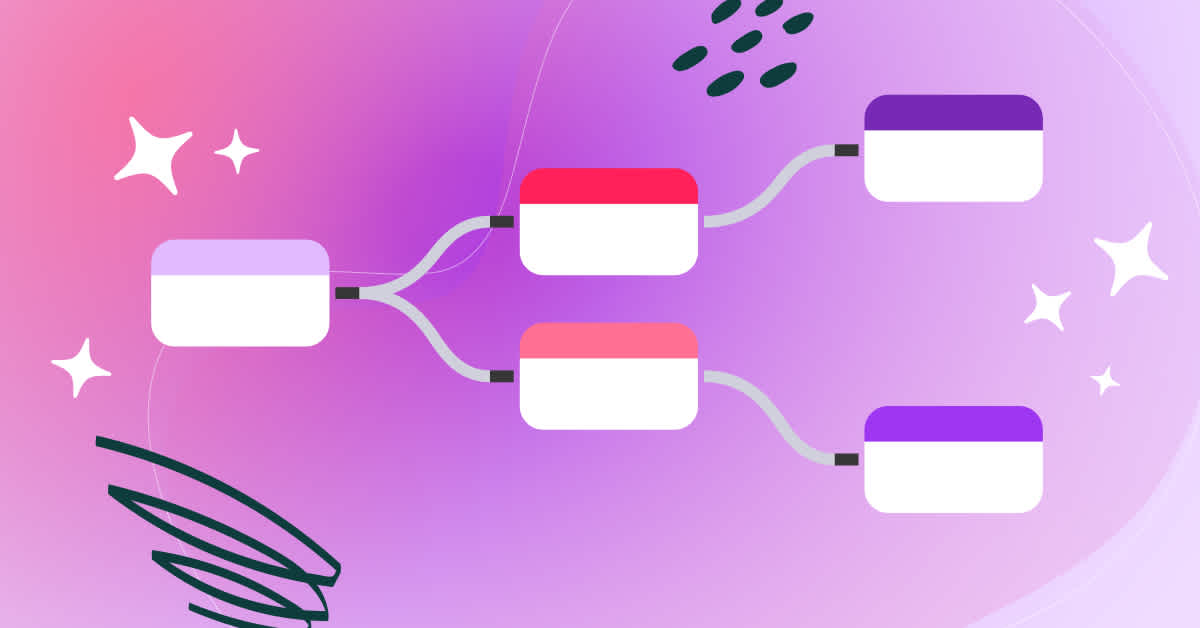
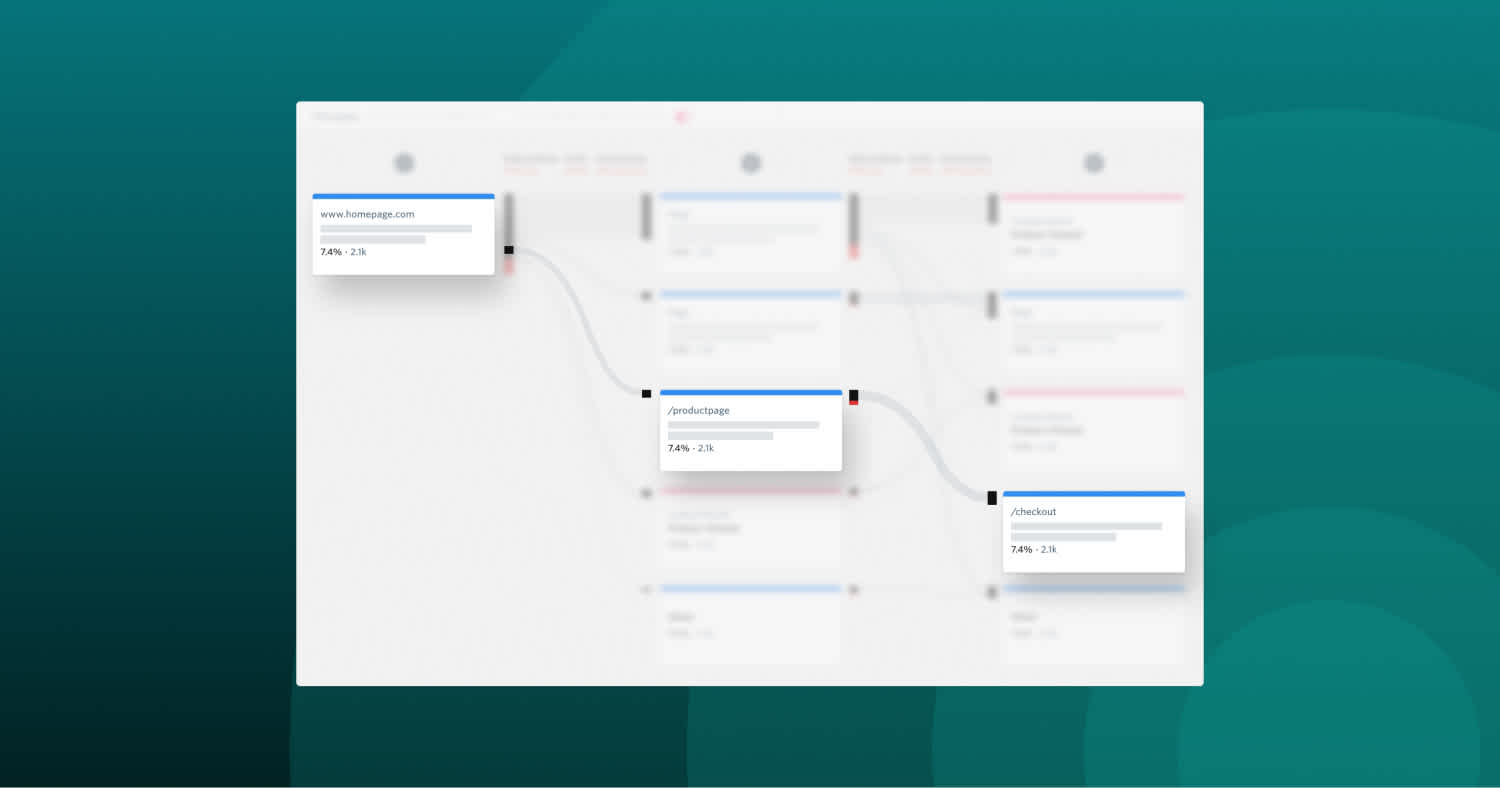
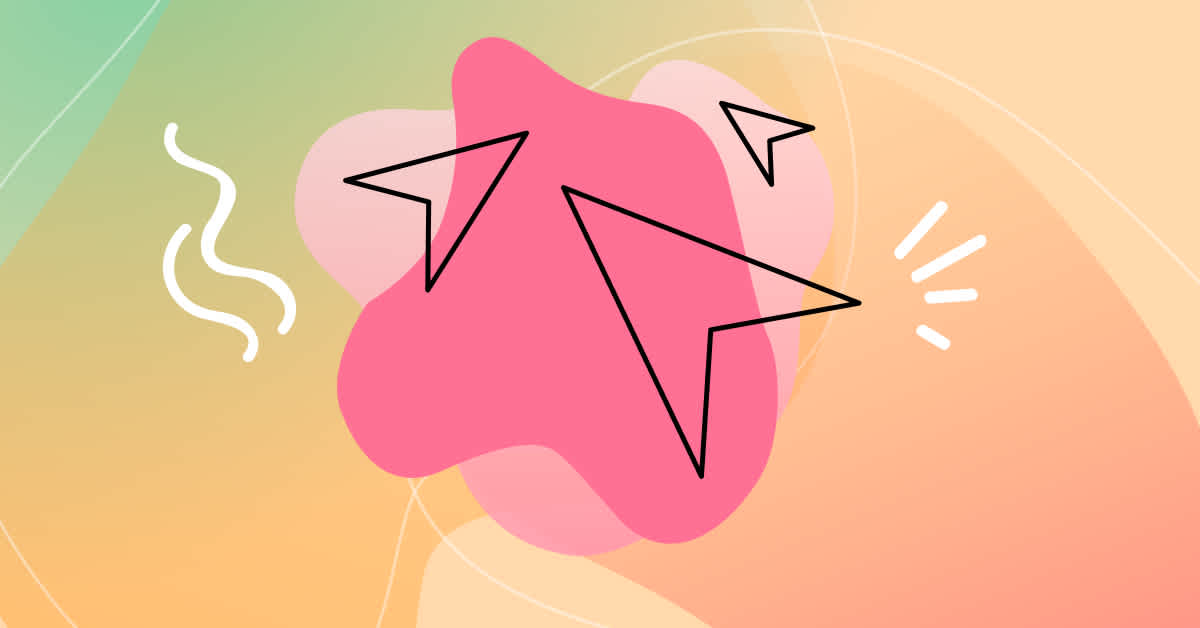
![[Blog] What is conversion rate optimization?](https://images.ctfassets.net/dkgr2j75jrom/nghhPHC4qtwZn8vXWN8jf/26a7b1a95ec663d6d49939f8498d161c/fs-pillar-page-CRO-og.jpg?w=1701&h=894&fl=progressive&q=50&fm=jpg&bg=transparent)

